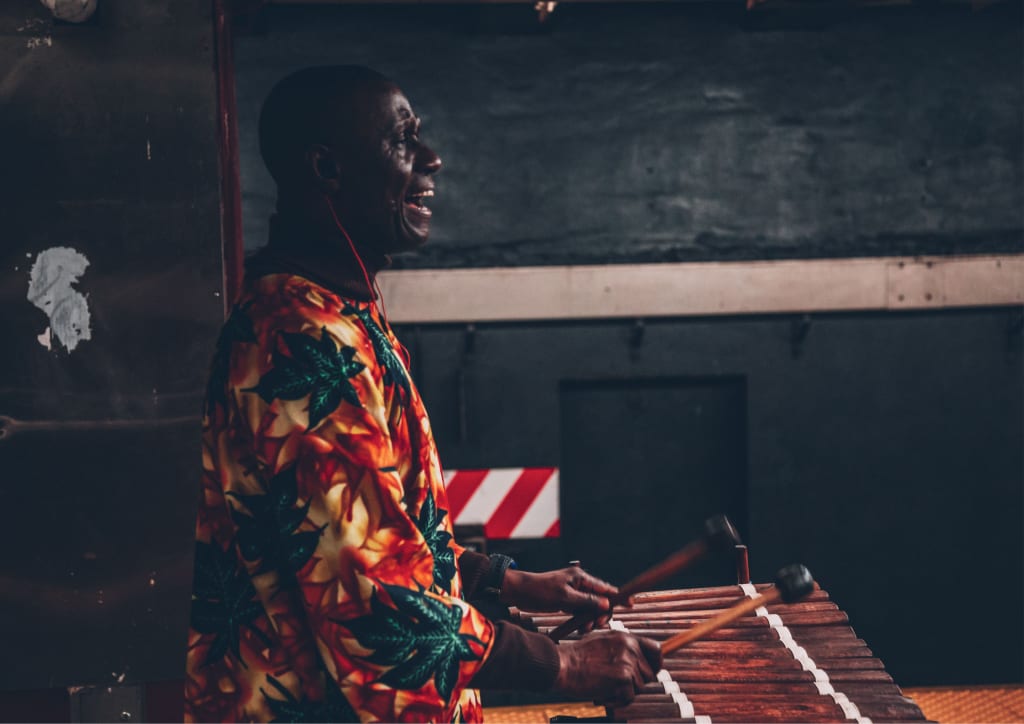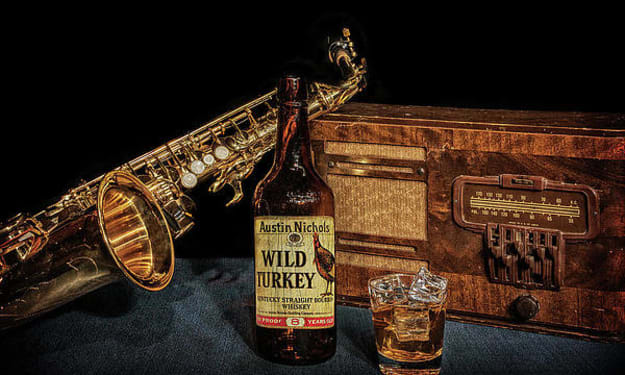
Percussion instruments are a family of musical instruments that produce sound by being struck, shaken, or scraped. They are one of the oldest and most universal forms of musical expression, used in a wide variety of musical styles from classical and jazz to rock and pop. In this article, we will discuss the different types of percussion instruments and their characteristics.
One of the most interesting things about percussion instruments is the variety of sounds they can produce. Percussion instruments are capable of producing sharp, staccato sounds as well as long, sustained tones. The wide range of sounds that percussion instruments can produce makes them ideal for creating complex and nuanced musical arrangements.
Percussion instruments are also highly versatile in terms of the different ways they can be played. Many percussion instruments can be played with sticks, mallets, or brushes, each of which produces a different sound. Some percussion instruments can even be played with the hands, allowing for greater expressiveness and improvisation in performance.
One of the challenges of playing percussion instruments is the need for precision and coordination. Percussionists must be highly skilled at keeping time and maintaining a steady rhythm. In orchestral settings, percussionists are often responsible for keeping the beat and signaling changes in tempo or dynamics.
In addition to their role in musical performance, percussion instruments also have cultural significance. Many percussion instruments are closely associated with specific cultural traditions or practices. For example, the djembe drum is a staple of West African music and is often used in spiritual ceremonies and dance rituals.
Membranophones:
Membranophones are percussion instruments that produce sound by striking a stretched membrane, such as a drumhead or tambourine. They are the most common type of percussion instrument and can be found in a wide range of musical genres. The sound of a membranophone can be modified by adjusting the tension of the membrane or by using different types of beaters or sticks. Examples of membranophones include the snare drum, bass drum, timpani, and conga.
Idiophones:
Idiophones are percussion instruments that produce sound by vibrating the entire instrument itself, without the need for a membrane or string. They are usually made of metal, wood, or bone and can be struck, shaken, or scraped to produce sound. Examples of idiophones include the triangle, cymbals, xylophone, marimba, and glockenspiel.
Chordophones:
Chordophones are percussion instruments that produce sound by using strings that are stretched taut and then struck, plucked, or bowed. They can be made of wood, metal, or other materials and are used in a variety of musical genres. Examples of chordophones include the guitar, bass guitar, and harp.
Aerophones:
Aerophones are percussion instruments that produce sound by using air to vibrate a reed, such as a saxophone or a clarinet, or by blowing across an opening, such as a flute or whistle. They are often used in classical music and are an important part of many orchestral arrangements.
Electronic Percussion:
Electronic percussion instruments use digital technology to produce sounds that imitate traditional percussion instruments or create entirely new sounds. They are often used in modern music genres such as electronic dance music (EDM) and hip-hop. Examples of electronic percussion instruments include drum machines, synthesizers, and samplers.
Auxiliary Percussion:
Auxiliary percussion instruments are smaller percussion instruments that are used to add color and texture to a musical arrangement. They are often used in a supporting role, rather than as a lead instrument. Examples of auxiliary percussion instruments include the triangle, tambourine, maracas, and cowbell.
World Percussion:
World percussion instruments are percussion instruments that are specific to a particular culture or geographic region. They can be found in traditional music styles from around the world, such as African, Latin American, and Middle Eastern music. Examples of world percussion instruments include the djembe, conga, bongo, and darbuka.
Conclusion:
In conclusion, percussion instruments are a diverse and versatile family of musical instruments that have been used in music for thousands of years. Overall, percussion instruments are an essential part of the musical landscape. They offer a wide range of sounds and styles that can be adapted to fit any musical genre or cultural tradition. Whether you are a seasoned percussionist or a newcomer to the world of percussion instruments, there is always more to discover and explore. From the traditional drums and cymbals found in orchestras to the electronic percussion instruments used in modern music, percussion instruments are an essential part of the musical landscape. Whether you prefer the driving beat of a snare drum or the delicate chimes of a triangle, percussion instruments offer a range of sounds and styles to suit any musical taste.
About the Creator
Gokila
She is an astrophile, introvert,
loves to read books all day long,
addicts in healthy lifestyle
and having curiosity to know about new things.
Life Is As Beautiful As You Make It. Contentment Is The Key To Happiness. Peace Be Upon The Saviour.






Comments
There are no comments for this story
Be the first to respond and start the conversation.